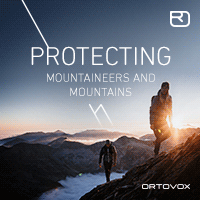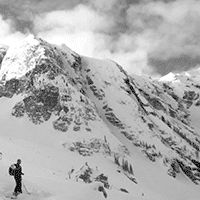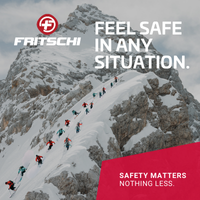Avalanches are an inherent risk of skiing and resorts are protected
An interesting precedent has been set with a recent court ruling in Colorado concering the death of an inbounds skier caused by an avalanche. The Denver Post reported the story and here is the gist of it:

The Colorado Supreme Court has ruled that avalanches are an inherent risk of skiing, ending a contentious debate over a ski area’s liability when a skier is killed by avalanche inside a resort boundary.
The ruling delivered Tuesday morning found resorts are protected from avalanche-related lawsuits under the Ski Safety Act, which was created in 1979 and amended in 1990 and 2004. The act shields resort operators from liability when the death or injury of skiers and snowboarders can be attributed to difficult-to-mitigate threats, such as terrain and weather.
In its 5-2 decision, the court found that avalanches result from changing snow and weather conditions, and variations in steepness and terrain — all of which are specifically noted in the act. The decision affirmed an appeals court ruling.
Christopher Norris, 28, died in an in-bounds avalanche at Winter Park in 2012, the same day Tate Conlin died in an avalanche at Vail. Christopher Norris, 28, died in an in-bounds avalanche at Winter Park on January 22, 2012, the same day Tate Conlin died in an avalanche at Vail.
Denver Post file
Attorneys for the family of Christopher Norris, who died in an in-bounds avalanche at Winter Park ski area on Jan. 22, 2012, had argued that the resort was responsible for his death because avalanches are not specifically noted in the Ski Safety Act. Norris’ wife, Salyndra Fleury, argued the ski area knew that avalanche danger was high that day — a teenage skier died in a slide on Vail Mountain the same day — and should have closed terrain. She sought damages in excess of the $250,000 cap set by the act.
The ski industry argued that the act’s specific descriptions of variable snow conditions, terrain steepness and changing weather were all elements that create avalanche danger, so avalanches are covered by the law’s list of inherent dangers and risks.
“The phrase ‘snow conditions as they exist or may change’ encompasses avalanches that occur within the bounds of a ski resort,” reads the court’s decision, citing the snow conditions clause in the Ski Safety Act. “The statute also contemplates that the snow conditions ‘may change.’ One obvious way in which a snow condition ‘may change’ is through the movement of the snow, including by wind and gravity. And at its core, an avalanche is moving snow caused by gravity.”








